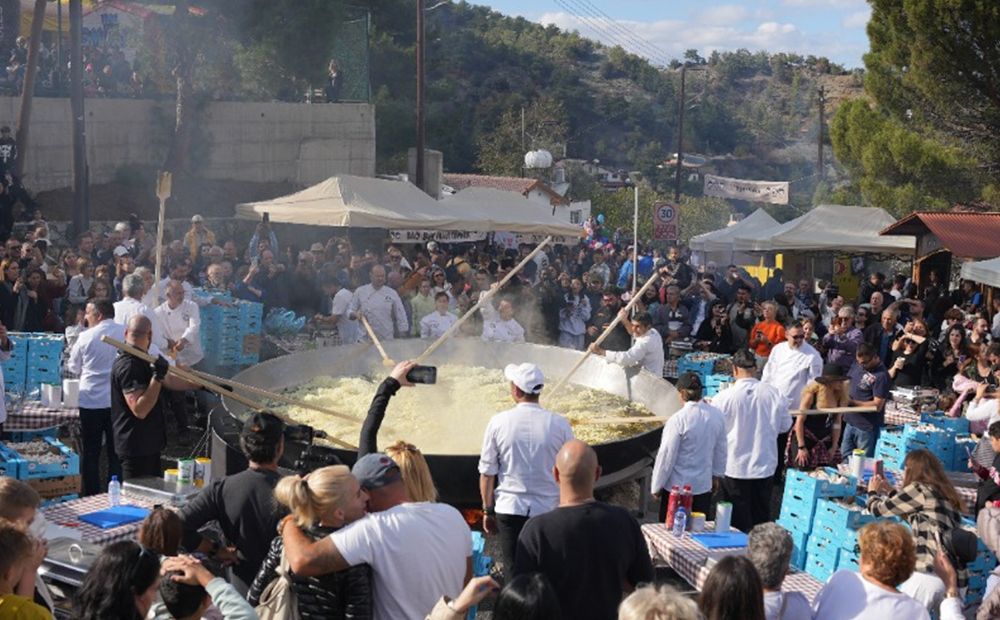Mustafa Kemal Ataturk. Warrior and diplomat

November 10 was the 84th anniversary of the death of Mustafa Kemal Ataturk, the most prominent political figure of Turkey of the twentieth century. Given the complicated relations between the Greek and Turkish Cypriot communities of the island, one would assume that his figure should be perceived unequivocally negatively by the Greek-speaking community. However, that is not at all the case.
“Father of the Turks.”
Mustafa Kemal was born in Thessaloniki on March 12, 1881. He was a reformist politician, the founder of the Turkish Republic on the ruins of the Ottoman Empire. For this he was nicknamed “Ataturk,” that is, “father of the Turks.” This title was officially conferred on him by the National Assembly in 1933.
Mustafa Kemal entered the Ottoman Military College in Istanbul in 1899, graduated from it in 1902, entered the Military Academy, after which he began serving in the cavalry regiment. Together with like-minded people he founded the secret organization “Fatherland”. And later he joined the illegal Committee for Union and Progress, which fed the army with revolutionary ideas and gave rise to the so-called Young Turks movement.
Ideological inspirer of the revolution
Mustafa Kemal served as commander of the 19th Division in Çanakkale during the First World War, defeated the British at Gallipoli and earned the title “savior of Istanbul”. In 1916 on the eastern front he stopped the advance of the Russian army. Based on his authority among the military, he organized a revolution aimed at establishing an independent Turkish nation (his famous dictum reads “From now on, Turkey belongs to the Turks”). He was elected president of the first Grand National Assembly of Turkey on October 29, 1923 and concentrated in his hands the powers of head of state and prime minister. Ataturk is accused of genocide of the Armenian population of Turkey, numerous murders and deportation of the Greeks of Smyrna.
Signed the Pact of Friendship
Mustafa Kemal led a successful liberation struggle against the “Entente”, at the same time successfully countering the Greek army offensive, which became known as the Second Greek-Turkish War or Maloasian Campaign (1919-1922). After the defeat and retreat of the Greek army, the Lausanne Conference followed, which resulted in the signing of the treaty of the same name. At this conference, despite the advice of his collaborators, Kemal demonstrated political realism and moderation through his representative Ismet Inona. He recognized the policy of reconciliation between Greeks and Turks proposed by Greek Prime Minister Eleftherios Venizelos and signed a pact of friendship between the two countries. This friendship, in spite of difficulties, lasted until 1955, when events in Cyprus led to a rupture and hostility that continues to this day.
Memorable places associated with his name
In terms of Cypriot history, Kemal Ataturk’s important decision was the renunciation of Turkey’s rights and claims to Cyprus. This policy of withdrawal from Cyprus had a wide resonance among the Turkish Cypriots. Ataturk’s followers tried to meet the new standards by working and cooperating with Greek Cypriots within the framework of the Greek-Turkish friendship policy. To this day the figure of Ataturk is extremely important for the Turkish Cypriots, there are many busts and monuments of Ataturk in the occupied part of the island, avenues and streets are named after him. There is Ataturk Square in the occupied part of Nicosia. Interestingly, this name was given even before the Turkish invasion, under the town governor Themistoklis Dervis. This was his way of trying to win over the Turkish-Cypriot population of the capital. In 1963 a monument to Ataturk was erected in Nicosia.
Greek text in Latin letters
Turkish-Cypriot authors have dedicated their poems to him. In particular, Peristerona native Ozker Yashin wrote the poem “Mehmejik in Cyprus,” many scenes of which are dedicated to Ataturk.
However, there were also admirers of Mustafa Kemal among the Greek Cypriots, for example, the poet Haralambos Asinos published in 1938 the poem “Kemal Ataturk – Reformer of New Turkey”. It describes the life and deeds of the “father of the Turks,” omitting those episodes where he confronts the Greeks, such as the Maloasy campaign. The peculiarity of this poem is that, although it was written in Greek, it was published in a Latin transcription. That is, the Greek words there are given in Latin letters. This was done so that the Cypriot Turks, who spoke Greek but could not read, could read the poem.


